When we think about longevity, many people assume humans hold the record, but there are several fascinating Longest Living Animal that have longer lifespan than humans. Among the most remarkable is the bowhead whale, which can live over 200 years, making it one of the longest-living mammals. Another astonishing example is the Greenland shark, with lifespans estimated to range from 272 to an incredible 512 years. Other long-lived species include the ocean quahog clam, known to reach ages exceeding 500 years, and the Galápagos tortoise, which can live more than 175 years. These creatures not only outlive most humans but also provide insights into aging and longevity.
In addition to these impressive examples, certain bird species also demonstrate a surprising Longest Living Animal longer lifespan than humans. For instance, macaws and African grey parrots can live well into their 60s and 80s, with some individuals surpassing 100 years in captivity. Other notable mentions are red sea urchins, which can live for over 200 years, and the tuatara, a reptile that may reach ages of 150 years. These Longest Living Animal that have longer lifespan than humans showcase the incredible diversity of life on Earth and the various biological adaptations that allow them to thrive for centuries. Understanding their longevity can inspire conservation efforts and deepen our appreciation for the natural world.
1. Bowhead Whale (Balaena mysticetus)
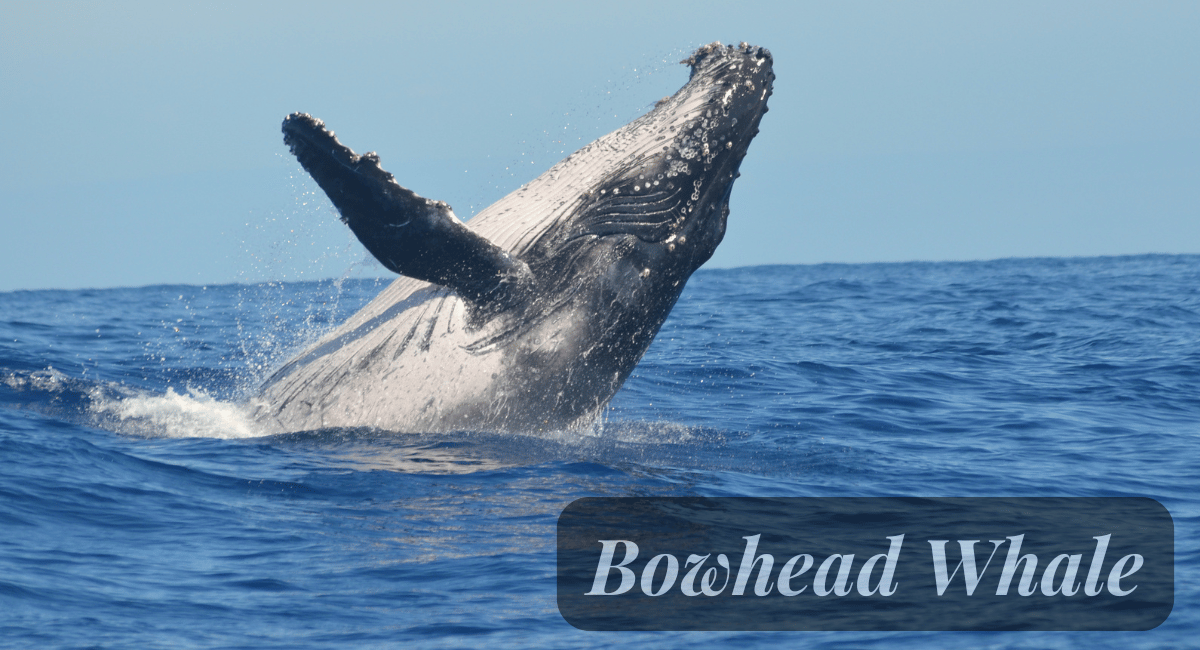
The bowhead whale (Balaena mysticetus) is a fascinating marine mammal renowned for its remarkable longevity, often living over 200 years. This Arctic dweller has been known to survive for centuries, making it an exceptional example of an Longest Living Animal longer lifespan than humans. Bowhead whales are characterized by their robust bodies and bow-shaped heads, which they use to break through thick sea ice. Their diet primarily consists of zooplankton, which they filter from the water using baleen plates. This unique feeding mechanism, combined with their cold-water habitat, contributes to their slow growth and extended lifespan.
In addition to their impressive age, bowhead whales are also significant for their adaptability to harsh Arctic environments. They possess a thick layer of blubber that insulates them against frigid temperatures, allowing them to thrive in icy waters. Their long lifespan offers researchers insights into the aging process, particularly in large mammals, as they study the factors contributing to their longevity. As one of the most notable examples of an Longest Living Animal longer lifespan than humans, the bowhead whale plays a crucial role in understanding marine ecosystems and the importance of conservation efforts to protect these magnificent creatures for future generations.
2. Greenland Shark (Somniosus microcephalus)

The Greenland shark (Somniosus microcephalus) is a fascinating marine creature renowned for its remarkable longevity, making it one of the most impressive examples of an Longest Living Animal longer lifespan than humans. Found primarily in the cold waters of the North Atlantic and Arctic Oceans, this slow-growing shark can live for an astonishing 272 to 512 years. Recent studies using radiocarbon dating techniques on their eye lenses have revealed that some individuals may even surpass the age of 500 years. Their extended lifespan is attributed to their slow metabolism, which allows them to thrive in harsh environments where food is scarce.
The Greenland shark is not only significant for its age but also for its unique adaptations. These sharks can grow up to 24 feet long and are known for their elusive nature, often dwelling at depths of 2,000 meters or more. Their diet primarily consists of fish and marine invertebrates, and they have been observed to consume carcasses of large animals, including polar bears and reindeer. As a testament to their status as an Animal with Sense of Smell longer lifespan than humans, the Greenland shark challenges our understanding of aging and longevity in the animal kingdom, prompting further research into the biological mechanisms that contribute to their impressive lifespan.
3. Ocean Quahog (Arctica islandica)
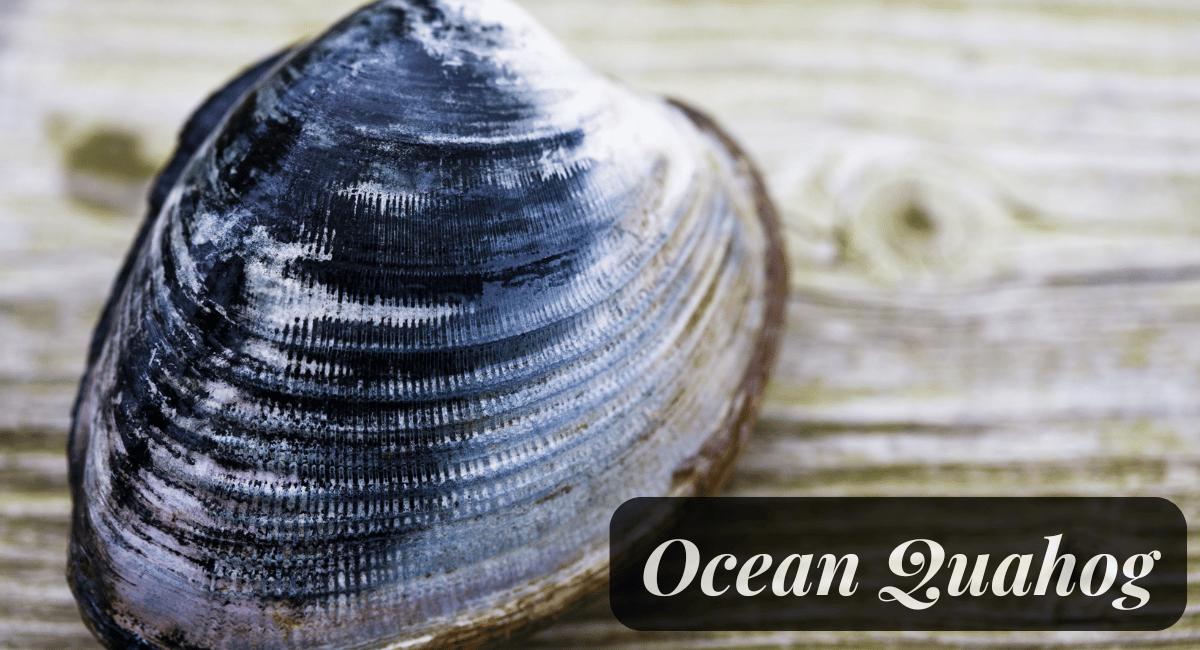
The ocean quahog (Arctica islandica) is a fascinating bivalve mollusk renowned for its incredible longevity, making it one of the longest-living animals on the planet. Found predominantly in the North Atlantic Ocean, these clams can live for over 500 years, with some individuals exceeding 507 years of age. The key to their longevity lies in their slow growth rate and the cold, stable environments they inhabit, which help to minimize stress and predation. Research indicates that the ocean quahog’s ability to withstand various environmental changes contributes significantly to its status as an Longest Living Animal Longer lifespan than humans.
Scientists have studied the ocean quahog to understand the biological mechanisms behind its impressive lifespan. Their age can be determined by counting growth rings on their shells, similar to the rings of a tree. This remarkable ability to age gracefully has sparked interest in researching the potential implications for human aging and longevity. As researchers delve deeper into the secrets of the ocean quahog, they hope to uncover insights that may help humans understand the complexities of aging and potentially enhance life expectancy, further highlighting the ocean quahog as an Longest Living Animallonger lifespan than humans.
4. Tortoises (Various species)

Tortoises, particularly the Galápagos and Aldabra giant tortoises, are remarkable creatures known for their longevity. These reptiles can live for over 100 years, with some individuals reaching ages of 175 years or more. Their slow metabolism and herbivorous diet play significant roles in their extended lifespans. Additionally, their natural habitat, free from many of the predators that threaten other species, contributes to their survival. In fact, tortoises are one of the few Longest Living Animal with a longer lifespan than humans, showcasing their unique evolutionary adaptations and resilience.
The ability of tortoises to thrive in various environments further highlights their status as Longest Living Animal with a longer lifespan than humans. These reptiles have adapted to withstand harsh conditions, from the arid landscapes of the Galápagos Islands to the lush vegetation of the Seychelles. Their slow growth and low reproductive rates also contribute to their longevity. As we continue to study these fascinating creatures, we gain valuable insights into aging and the factors that contribute to long life, emphasizing the importance of conservation efforts to protect tortoise populations around the world.
5. Red Sea Urchin (Strongylocentrotus franciscanus)

The Red Sea Urchin (Strongylocentrotus franciscanus) is a fascinating marine creature known for its remarkable longevity. Found primarily along the Pacific coast of North America, this echinoderm has a lifespan that can exceed 200 years, making it one of the Longest Living Animal with a longer lifespan than humans. Living in rocky intertidal zones and kelp forests, red sea urchins are well-adapted to their environment. Their diet mainly consists of algae, which they graze on using their unique feeding structure called Aristotle’s lantern. This herbivorous diet, combined with their slow growth rate, contributes significantly to their extended lifespan.
The ability of the red sea urchin to live for centuries showcases the incredible diversity of life and the adaptations that allow certain species to thrive in their habitats. As scientists study these Longest Living Animal with a longer lifespan than humans, they hope to uncover the secrets behind their longevity and resilience. Understanding the factors that contribute to the red sea urchin’s remarkable lifespan may provide insights into aging processes and longevity across different species, including humans. Conservation efforts are also essential for ensuring the survival of this unique creature, as changes in ocean ecosystems threaten its habitat and long-term viability.
6. Japanese Koi Fish (Cyprinus rubrofuscus)
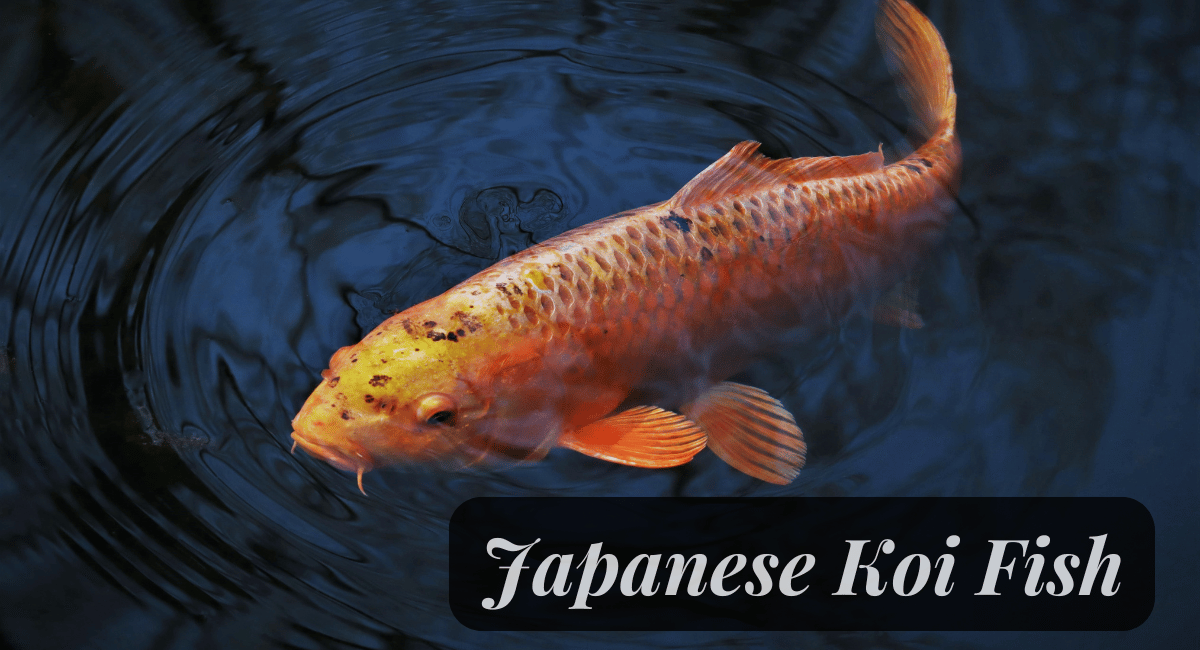
Japanese koi fish (Cyprinus rubrofuscus) are not just beloved for their stunning colors and patterns; they are also remarkable for their longevity. These fish are known to live for several decades, with many individuals reaching ages of 50 to 200 years in well-maintained environments. The oldest recorded koi, named Hanako, was celebrated for living to be 226 years old, making it one of the most impressive examples of an animal with a longer lifespan than humans. The longevity of koi fish can be attributed to various factors, including their genetics, diet, and the care they receive, highlighting the importance of a suitable habitat and proper maintenance in achieving such extraordinary lifespans.
Caring for Japanese koi fish requires commitment and knowledge, as their health is influenced by water quality, temperature, and nutrition. Providing a balanced diet rich in essential nutrients can enhance their growth and overall well-being. Additionally, koi fish are social creatures that thrive in the company of their peers, which can also contribute to their longevity. As more enthusiasts recognize koi fish as an Longest Living Animal with a longer lifespan than humans, they increasingly invest in quality care and sustainable practices to ensure these beautiful creatures can live long, healthy lives in tranquil ponds and gardens around the world.
7. Macaw (Ara spp.)
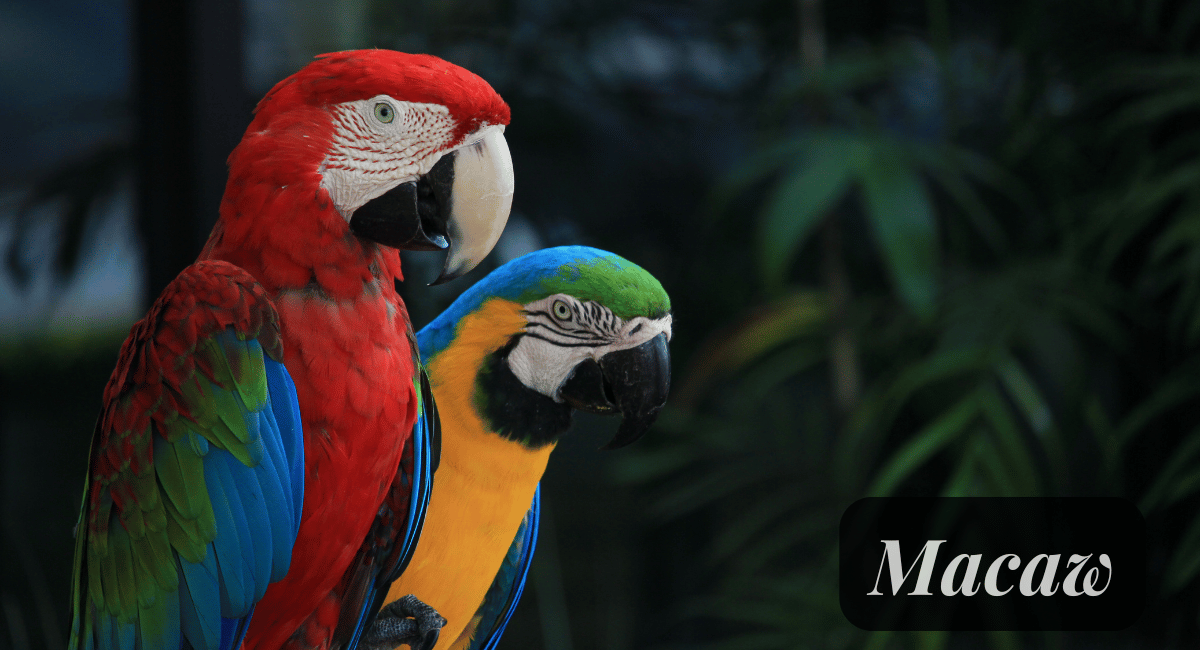
Macaws, belonging to the genus Ara, are known for their striking plumage and exceptional intelligence. These large parrots are native to Central and South America, thriving in tropical rainforests and savannas. One of the most fascinating aspects of macaws is their bold Animal Longer Lifespan Than Humans. In captivity, macaws can live for 50 to 100 years, with some individuals reported to reach up to 120 years. This longevity is supported by their diet, which includes seeds, nuts, and fruits, along with their social nature, requiring mental stimulation and interaction to remain healthy and happy.
The impressive lifespan of macaws is not only a testament to their adaptive biology but also highlights the importance of conservation efforts aimed at protecting these magnificent birds in the wild. Factors such as habitat loss and illegal trapping pose significant threats to their populations. By focusing on the preservation of their natural habitats and raising awareness about their needs, we can ensure that these extraordinary birds continue to thrive for generations. As we explore the animal kingdom, macaws stand out as remarkable examples of Longest Living Animal Longer Lifespan Than Humans, captivating bird lovers and researchers alike with their beauty and resilience.
8. African Grey Parrot (Psittacus erithacus)
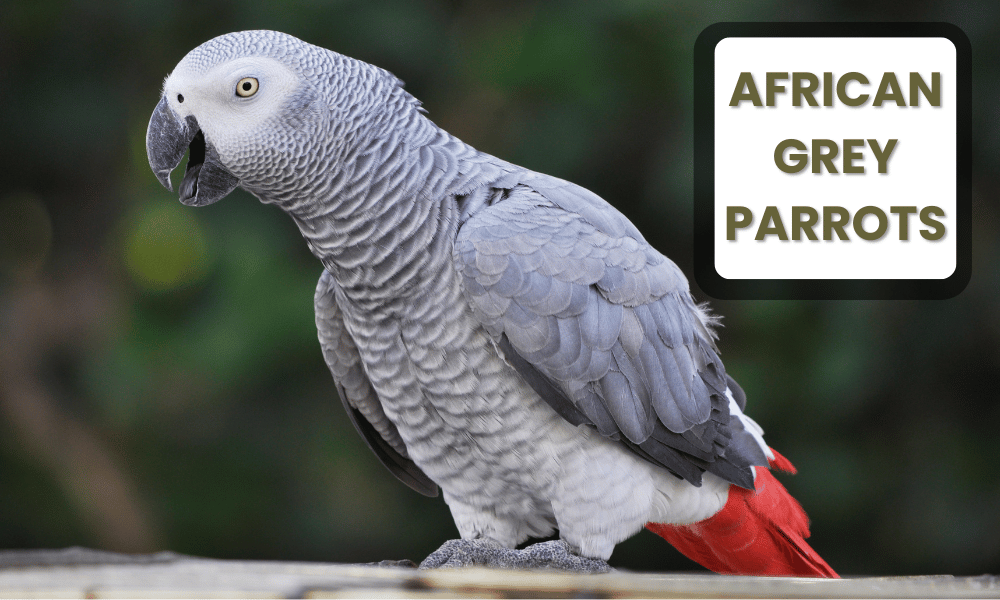
The African Grey Parrot, scientifically known as Psittacus erithacus, is renowned for its remarkable intelligence and vibrant personality. These parrots are not only captivating companions but also have a significant lifespan, often living for 50 to 80 years in captivity. In some cases, with proper care, they can reach ages exceeding 100 years. This longevity is a testament to their adaptive nature and the quality of life they experience when kept in a stimulating environment. Given their potential to outlive many pets, the African Grey Parrot stands out as an Longest Living Animal with a longer lifespan than humans.
The intelligence of the African Grey Parrot is another compelling aspect of its character. These birds are known for their advanced vocal abilities and can mimic human speech with astounding clarity. Their cognitive skills make them highly interactive companions, requiring mental stimulation and social interaction to thrive. As they age, their personalities can become even more pronounced, forming deep bonds with their caregivers. Therefore, understanding their needs and recognizing that they are indeed an Longest Living Animal with a longer lifespan than humans is crucial for prospective owners to provide a nurturing and fulfilling environment for these remarkable birds.
9. Tuataras (Sphenodon punctatus)
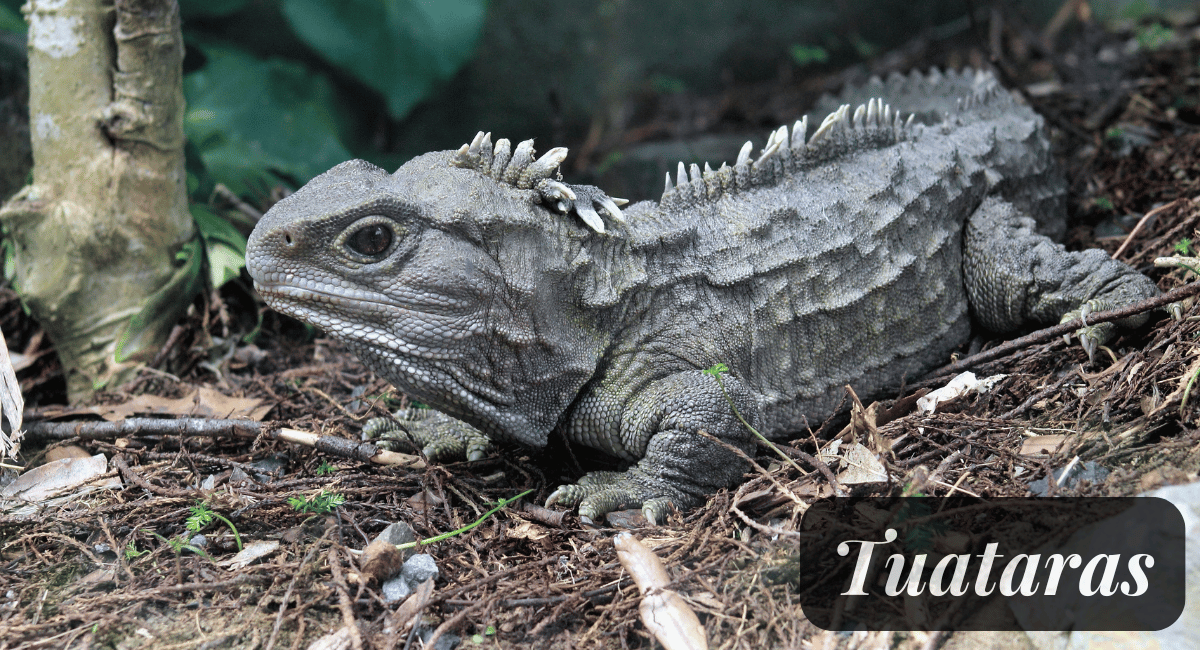
Tuataras, scientifically known as Sphenodon punctatus, are unique reptiles native to New Zealand and are often referred to as “living fossils.” They belong to a lineage that dates back over 200 million years, making them one of the oldest surviving species on the planet. These remarkable creatures have a distinct appearance, characterized by their spiny crest along the back and their third eye, which helps regulate their circadian rhythms. Tuataras primarily inhabit offshore islands and thrive in cool climates, where they can live in burrows. Notably, they are considered an Longest Living Animal longer lifespan than humans, with lifespans that can exceed 100 years, showcasing their remarkable ability to adapt and survive through the ages.
The longevity of tuataras can be attributed to their slow growth rates and unique metabolic processes. Unlike many reptiles, tuataras are not as heavily affected by environmental fluctuations, allowing them to maintain a stable lifestyle. This resilience not only aids in their survival but also reinforces their status as an Longest Living Animal longer lifespan than humans. Conservation efforts are underway to protect tuataras, as their populations have been significantly impacted by habitat loss and introduced predators. By understanding the biology and behavior of these extraordinary reptiles, we can appreciate the ecological significance of tuataras and the need to preserve their natural habitats for future generations.
10. Northern White Rhinoceros (Ceratotherium simum cottoni)
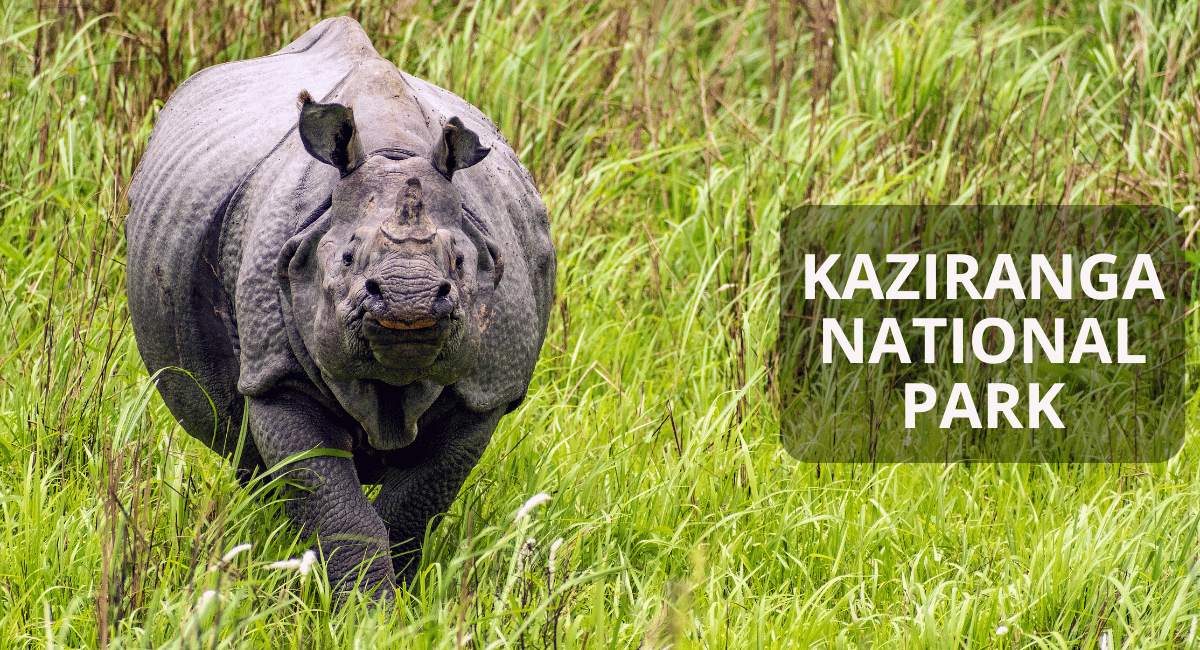
The Northern White Rhinoceros (Ceratotherium simum cottoni) is a remarkable species known for its unique characteristics and critical status as one of the most endangered animals in the world. Once roaming the grasslands of East and Central Africa, this subspecies has faced severe threats due to poaching and habitat loss. Today, only two known females remain, making them functionally extinct. Conservation efforts have ramped up in recent years, focusing on advanced reproductive techniques, such as in vitro fertilization, to try to save this majestic creature from extinction. Despite their dire circumstances, Northern White Rhinos are a testament to the incredible diversity of life on our planet, and they serve as a poignant reminder of the urgent need for conservation.
Interestingly, the Northern White Rhinoceros, like several other species, has a lifespan that can reach up to 50 years in the wild and even longer in captivity. This makes them an Longest Living Animal with a longer lifespan than humans, which typically live to around 70 to 80 years. The long lifespan of the Northern White Rhinoceros is indicative of their slow reproductive rate and the challenges they face in their environment. As conservationists work tirelessly to protect the remaining individuals, the hope remains that advances in science and dedicated efforts will pave the way for future generations to witness the grandeur of these magnificent creatures.



